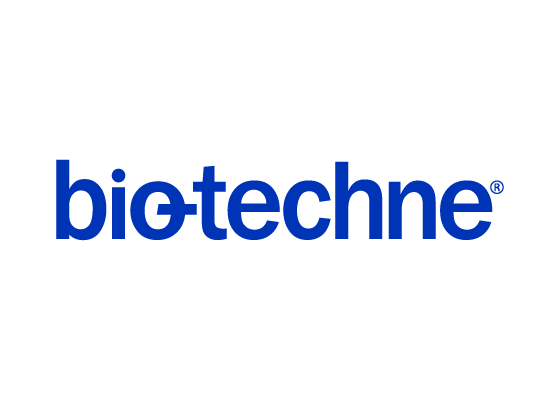Mouse TLR1 Biotinylated Antibody
R&D Systems, part of Bio-Techne | Catalog # BAF1475


Key Product Details
Species Reactivity
Applications
Label
Antibody Source
Product Specifications
Immunogen
Ser25-Asp581
Accession # Q9EPQ1
Specificity
Clonality
Host
Isotype
Applications for Mouse TLR1 Biotinylated Antibody
Flow Cytometry
Sample: Mouse whole blood
Western Blot
Sample: Recombinant Mouse TLR1 (Catalog # 1476-TR)
Formulation, Preparation, and Storage
Purification
Reconstitution
Formulation
Shipping
Stability & Storage
- 12 months from date of receipt, -20 to -70 °C as supplied.
- 1 month, 2 to 8 °C under sterile conditions after reconstitution.
- 6 months, -20 to -70 °C under sterile conditions after reconstitution.
Background: TLR1
The Toll-like family of molecules are type I transmembrane proteins that serve as pattern recognition receptors for microbial pathogens. There are at least twelve mouse and ten human TLRs that activate the innate immune system following exposure to a variety of microbial species (1, 2). TLRs contain a large number of leucine-rich repeats (LRRs) and a cytoplasmic tail with one Toll/IL-1 receptor (TIR) domain. Mature mouse TLR1 consists of a 557 amino acid (aa) extracellular domain (ECD) with 20 LRRs, a 21 aa transmembrane segment, and a 192 aa cytoplasmic domain (3, 4). Within the ECD, mouse TLR1 shares 60% aa sequence identity with mouse TLR6 and 19%‑27% aa sequence identitity with mouse TLR2, -3, -4, -5, -7, -8, -9, -11, -12, and -13. It shares 73% and 86% aa sequence identity with human and rat TLR1, respectively. TLR1 is expressed on the surface of macrophages, dendritic cells, and tonsillar epithelial cells in ligand-independent association with TLR2 (5‑8). TLR2 additionally associates with TLR6 to form a functional complex with specificity for distinct but related microbial ligands (9‑11). TLR1 and TLR2 cooperate in the recognition of bacterial and protozoal triacylated lipopeptides and glycosylphosphatidylinositols (6, 10‑12). Ligand binding induces TLR1 localization to lipid rafts followed by receptor internalization and activation of NF kappaB (7, 11, 13).
References
- Miyake, K. (2007) Semin. Immunol. 19:3.
- Hopkins, P.A. and S. Sriskandan (2005) Clin. Exp. Immunol. 140:395.
- SwissProt # Q9EPQ1.
- Matsushima, N. et al. (2007) BMC Genomics 8:124.
- Ochoa, M.-T. et al. (2003) Immunology 108:10.
- Takeuchi, O. et al. (2002) J. Immunol. 169:10.
- Triantafilou, M. et al. (2006) J. Biol. Chem. 281:31002.
- Sandor, F. et al. (2003) J. Cell Biol. 162:1099.
- Nakao, Y. et al. (2005) J. Immunol. 174:1566.
- Ozinsky, A. et al. (2000) Proc. Natl. Acad. Sci. 97:13766.
- Lee, J.Y. et al. (2004) J. Biol. Chem. 279:16971.
- Krishnegowda, G. et al. (2005) J. Biol. Chem. 280:8606.
- Nishiya, T. and A.L. DeFranco (2004) J. Biol. Chem. 279:19008.
Long Name
Alternate Names
Gene Symbol
UniProt
Additional TLR1 Products
Product Documents for Mouse TLR1 Biotinylated Antibody
Product Specific Notices for Mouse TLR1 Biotinylated Antibody
For research use only